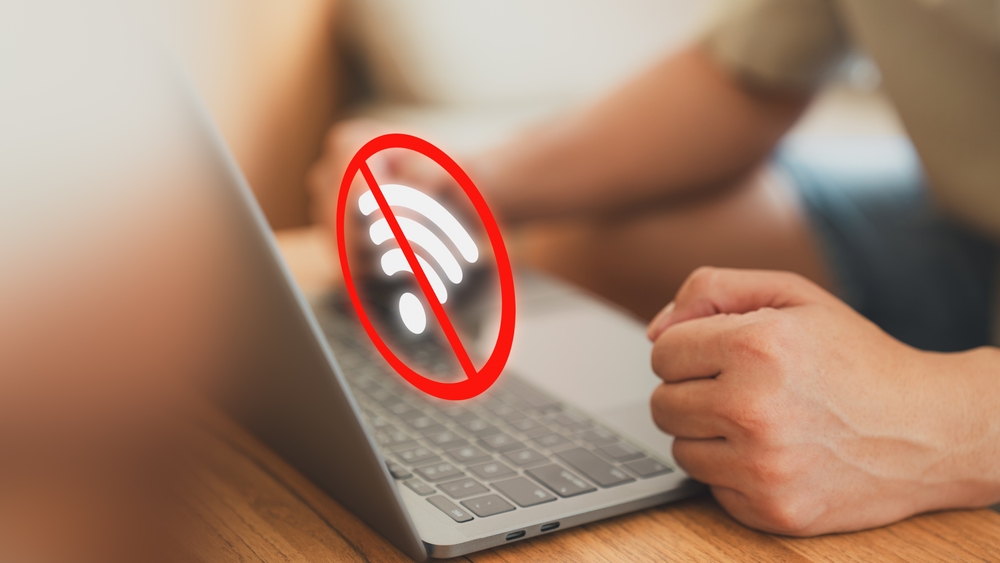Americans Reporting Widespread Issues with Viaero.
Others are reading now
As of this writing, a significant number of American users of Viaero are reporting issues on the website Downdetector.
No signal
In just a few minutes, several hundred reports have been filed, with the majority indicating problems with the signal. 55% of users report having ‘no signal’, while 29% are experiencing issues with their mobile internet. The remaining 17% report general problems with mobile phones.
A look at Downdetector’s map of reported issues shows that the central part of the country is particularly affected.
States like Colorado, Wyoming, Nebraska, and Kansas appear to be hit hardest, but problems have also been reported by Viaero users in other areas of the country.
Also read
As of now, Viaero has not issued any statements regarding the issues, so hopefully, they will soon be on the right track again, and people will not have to go without their internet signal.
How to Restore Your Internet Connection
If you’re experiencing local internet connectivity issues and it’s not due to Viaero outage, here are a few steps you can take to try and restore your connection. These tips are useful for dealing with minor issues that might be disrupting your service.
1. Restart Your Router
-
Turn off your router: Unplug it from the power source and wait for about 30 seconds to a minute.
-
Turn it back on: Plug the router back into the power source and wait for it to fully restart. This may take a few minutes. A reboot can often resolve connectivity issues by refreshing the network.
2. Check for Outages
-
Visit your ISP’s website: Use a mobile device with cellular data to check your Internet Service Provider’s (ISP) website for any reported outages in your area. If there’s an outage, your ISP will usually provide an estimated time for the restoration of service.
3. Verify Your Network Settings
-
Check your device’s network settings: Ensure that your device is connected to the correct network. Sometimes devices might accidentally connect to a nearby open network or a guest network.
-
Enable and disable airplane mode: Quickly switching airplane mode on and then off can reset your device’s network connections.
4. Inspect Physical Connections
-
Check cables and connections: Ensure all cables connected to your modem and router are secure and undamaged. A loose or damaged cable can be the source of the problem.
5. Update Your Equipment’s Firmware
-
Router firmware: Check if your router’s firmware is up to date. Outdated firmware can lead to performance issues. Consult your router’s manual or online support for guidance on how to update the firmware.
6. Contact Customer Support
If none of the above steps work, it may be time to contact your ISP’s customer support for further assistance. They can provide more detailed troubleshooting steps or inform you if there’s a larger issue at play.
By following these steps, you can often resolve local internet connectivity issues on your own. However, if problems persist, professional support from your ISP may be necessary.


